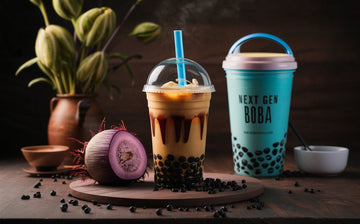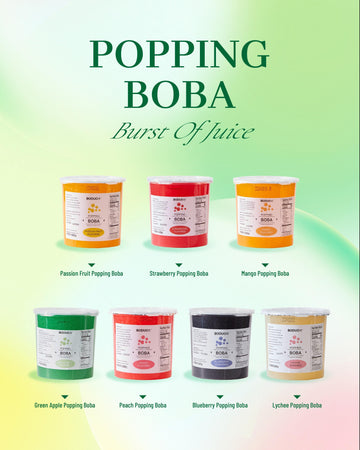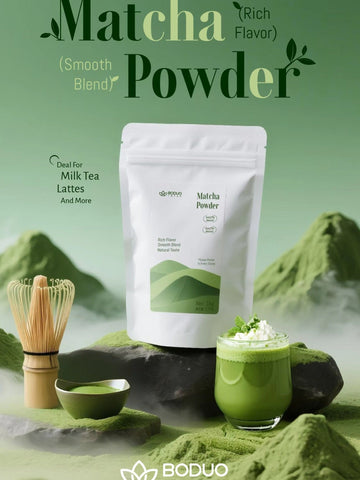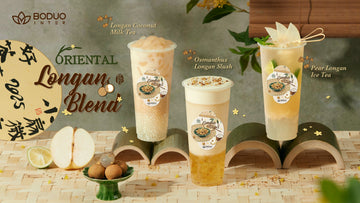Taro: More Than Just a Pretty Purple:
- Colocasia Esculenta: This isn't just a fancy name! It's the scientific name for taro, a root vegetable belonging to the Araceae family. Fun fact: Araceae is also the family that includes philodendrons and peace lilies!
- A Global Journey: Taro's origins can be traced back to Southeast Asia, where it has been a dietary staple for millennia. Polynesian cultures, particularly the Māori of New Zealand, played a significant role in spreading taro across the Pacific. The word "taro" itself comes from the Māori language, highlighting its historical importance.
- Culinary Canvas: Taro's corms (underground stems) are the edible part. They boast a vibrant purple colour due to phenolic pigments, making them visually striking. But beauty isn't all they offer! Taro has a delightful sweet, nutty flavour that shines in various culinary applications. Think taro chips, mashed taro as a side dish, or even taro cakes! In recent years, taro's unique flavour and colour have captured the American imagination, leading to its increased popularity.
Taro's Medicinal Influence: From Ancient Knowledge to Modern Science
- Korean Tradition: Korean traditional medicine recognized the potential health benefits of taro for centuries. Taro was used to address various ailments, although the specific practices might have varied.
- Modern Science: While modern medicine doesn't prescribe taro for major health conditions, scientific studies are shedding light on its potential benefits. These benefits are primarily linked to the presence of fibre and resistant starch in taro.
Unveiling the Magic of Taro Milk Tea: A Fusion of Flavours and Health
The Milk Tea Foundation: Before diving into taro's magic, let's understand the base of this popular drink. Milk tea is a simple yet delightful combination of brewed tea and milk. Originally, milk tea emerged as a way to soften the bitterness of hot tea. However, it has evolved into a diverse beverage category, sometimes served hot or cold, and often with additional flavours and textures. Many milk tea shops specialize in boba tea, which adds chewy tapioca pearls to the mix.
Taro's Transformative Power: Here's where the magic happens! Introducing taro into milk tea creates a unique and flavourful beverage with some potential health advantages. Taro's fibre content plays a key role:
- Blood Sugar Management: Fibre helps regulate blood sugar levels by slowing down carbohydrate digestion. This can be particularly beneficial for people managing diabetes or those looking to prevent blood sugar spikes. Studies have shown that high-fibre diets can significantly reduce blood sugar levels.
- Cardiovascular Support: The same fibre that helps with blood sugar can also contribute to heart health. Fibre is known to potentially lower bad cholesterol (LDL) levels, which can reduce the risk of heart disease.
Beyond Blood Sugar and Heart Health:
- Weight Management: Taro's fibre content can also promote a feeling of fullness, potentially aiding weight management efforts. Feeling full for longer periods can help you resist unhealthy snacking and reduce overall calorie intake. While taro shouldn't be considered a magic weight-loss solution, it can be a helpful tool when combined with a balanced diet and exercise routine.
The Synergy with Black Tea: Taro milk tea often uses black tea as the base. Black tea, derived from the Camellia sinensis plant, offers its own set of health benefits. Black tea is rich in antioxidants, which can help protect cells from damage and potentially reduce the risk of chronic diseases.
A Note on Boba: While boba adds a fun texture to taro milk tea, it's primarily tapioca pearls with minimal nutritional value. If you're focusing on the health benefits, consider skipping the boba or opting for a smaller portion.
Crafting Your Own Taro Milk Tea Masterpiece: Exploring Techniques and Customization
Raw Root vs. Powder: You have two main options for incorporating taro into your milk tea:
- Raw Taro Root: This method involves boiling, mashing, and straining the taro root to create a paste. It requires more time and effort but offers a more intense taro flavour.
- Taro Powder: This convenient option uses pre-made taro powder, simplifying the process. Just add the powder to your tea mixture for a quick and easy taro milk tea fix.
Step-by-Step Guide: Here's a basic recipe for homemade taro milk tea (using taro powder):
Step-by-Step Guide:
- Brew your black tea: Steep your preferred black tea according to package instructions or your desired strength. Aim for a strong brew as it will be diluted with milk later.
- Prepare the taro milk: While the tea steeps, combine taro powder, milk, and a touch of sugar (to taste) in a separate pot or saucepan. Whisk or stir well to dissolve the taro powder and create a smooth mixture. You can adjust the amount of taro powder for a stronger or milder taro flavour.
- Strain the tea: Once steeped, strain your black tea into a cup or mug.
- Warm the taro milk: Gently heat the taro milk mixture on low heat, stirring constantly to avoid scorching. Do not bring it to a boil. Heating helps activate the taro flavour and creates a smoother consistency.
- Combine and adjust: Pour the warmed taro milk mixture into your cup of black tea. Stir gently to combine. Taste and adjust sweetness with additional sugar or a natural sweetener of your choice (honey, maple syrup) if desired.
- Chill (optional): For a refreshing cold drink, add ice cubes or refrigerate your taro milk tea for a chilled version.
Customization is Key! This is just a basic recipe. Feel free to experiment and personalize your taro milk tea:
- Skip the boba: If you're focusing on health benefits, omit the boba or use a smaller amount.
- Spice it up: Add a pinch of ground cinnamon or ginger for a warming twist.
- Fruity Fusion: Blend in some fresh or frozen fruit like mango, pineapple, or strawberries for a fruity twist.
- Non-dairy delight: Use your favorite non-dairy milk alternative like almond milk, oat milk, or coconut milk for a vegan or lactose-free version.
Exploring Beyond the Basics: The Perfect Blend Awaits
Beyond Boba: While boba is a classic addition to milk tea, explore other fun textural elements:
- Grass jelly: These chewy black cubes made from the Mesona chinensis plant offer a contrasting texture and a slightly herbal flavour.
- Sago pearls: Small, translucent tapioca pearls that cook to a chewy consistency.
- Popping boba: These tapioca pearls are filled with juice that bursts in your mouth for a fun popping sensation.
The Teami Touch: While we at Teami don't offer taro-specific products, we offer a wide range of high-quality teas from the Camellia sinensis plant. Consider these options to complement your taro milk tea:
- Butterfly Pea Tea: This vibrant blue tea offers a unique visual appeal and boasts antioxidant properties.
- Matcha Green Tea: This powdered green tea adds a vibrant green colour and a boost of antioxidants to your taro milk tea.
Experiment and Discover: The best way to find your perfect taro milk tea blend is to experiment! Try different teas, sweeteners, and textural additions to create a beverage that satisfies your taste buds and aligns with your health goals. Remember, have fun with it!







